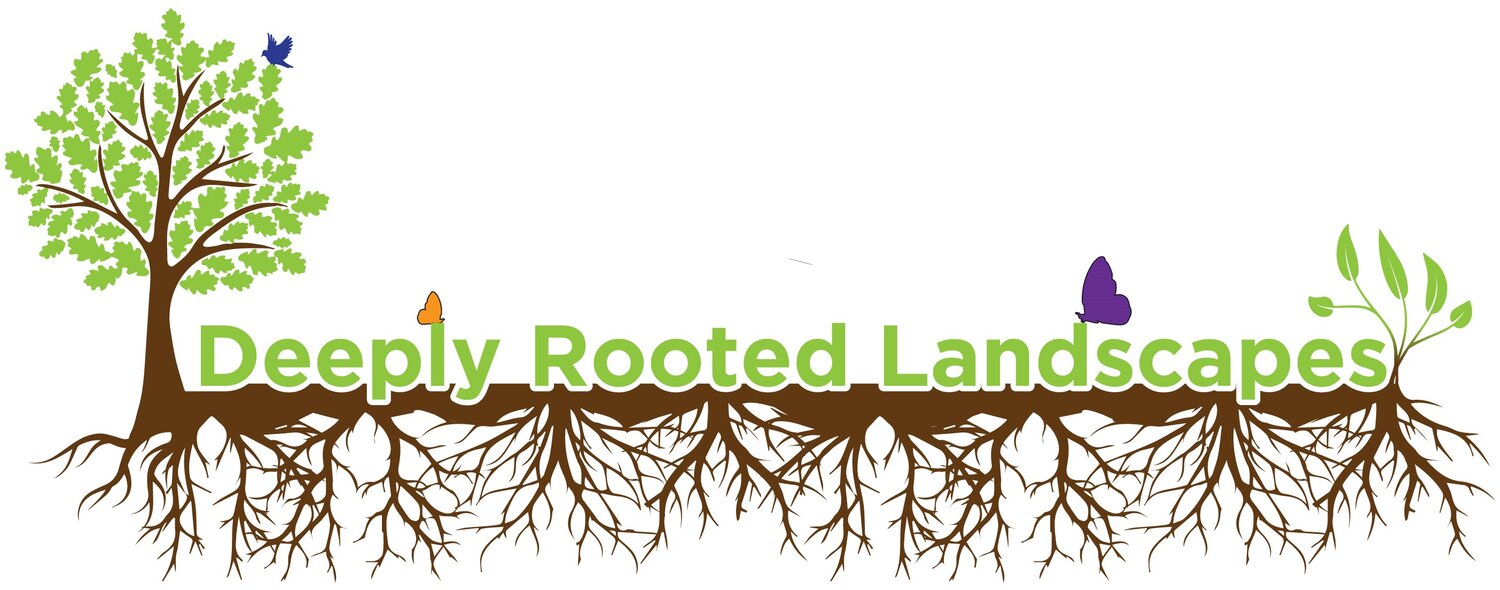DRL & CRP
Deeply Rooted Landscapes is entering its second season of providing plants to farmers participating in the USDA’s CRP program, and we are delighted to be part of it. What is CRP? We’re happy you asked. Settle in, and we'll tell you all about it.
CRP stands for the Conservation Reserve Program, launched by the USDA in 1985 to help farmers and protect the environment.
This is a voluntary program in which farmers agree to conserve some of their farmland instead of putting it in pasture or crops. They can plant native plants and trees, which help with soil quality and erosion while providing wildlife habitat and preventing erosion. Contracts are between 10 and 15 years long, allowing for measurable improvement in environmentally sensitive areas.
In return for participating in the CRP program, farms receive payments from the government. The payments help offset costs that stem from not farming the land, and they encourage farmers to aid in creating habitat that is rapidly decreasing.
The CRP program has played a major role in helping the United States reach conservation goals. It protects over 20 million acres and aids in protecting groundwater, building soil, and increasing wildlife populations throughout the country.
How does DRL play a role? Farmers are provided with a list of local nurseries that sell native plants. That’s us! We have been able to connect with local farmers and in 2023 provided 1500 plants to help reach the conservation goals set out by the CRP program.
Some of the most popular plants have been milkweeds. Usually removed from cattle grazing areas, they can now provide nectar for pollinators and food for monarch caterpillars. Common milkweed (Asclepias syriaca) is among the easiest to grow on farmland and has been the most popular selection.
Other plant choices have been Eastern Red Columbine (Aquilegia canadensis), Western Sunflower (Helianthus occidentalis), Black Eyed Susan (Rudbeckia hirta), and Purple Coneflower (Echinacea purpurea). Every single native plant placed in a habitat provides benefit to the soil, and the insects and animals that can now visit the plant for food or shelter.
DRL is happy to be part of this decades-old program that has been instrumental in promoting sustainable land management practices, conserving natural resources, and protecting the environment and its inhabitants.

